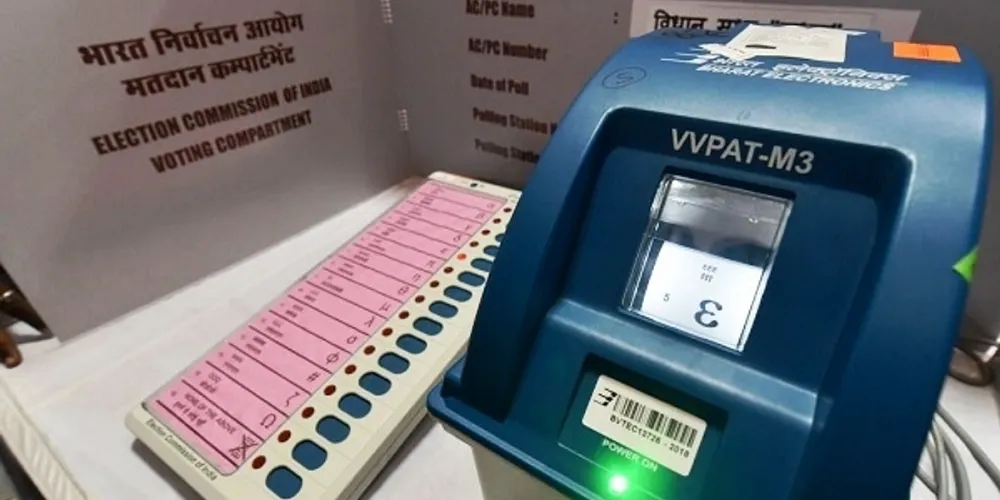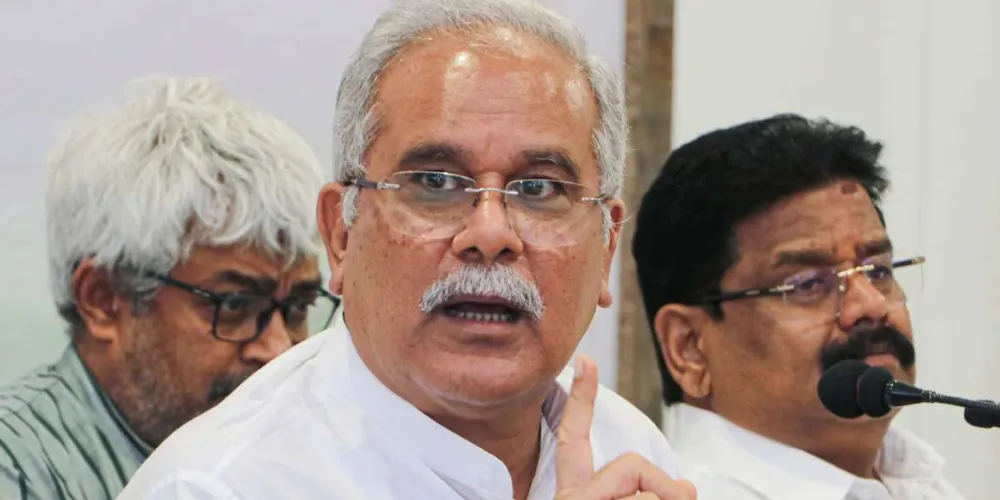Introduction
The Election Commission of India (ECI) has announced a new voter cap of 1,200 per polling station, a move aimed at improving voter accessibility and reducing overcrowding during elections. This decision is expected to increase the number of polling stations across the country while simultaneously raising the demand for Electronic Voting Machines (EVMs) and Voter Verifiable Paper Audit Trail (VVPAT) units. The measure reflects the ECI’s commitment to ensuring a smoother and more transparent electoral process.
Why the Voter Cap Has Been Reduced
The primary objective behind reducing the voter cap to 1,200 per polling station is to enhance voter convenience and minimize long queues during elections. By lowering the number of voters assigned to each station, the ECI aims to reduce congestion and ensure that citizens can cast their votes efficiently.
This decision also aligns with the ECI’s focus on increasing voter participation. Shorter wait times and easier access to polling booths are expected to encourage more people to exercise their democratic right. Additionally, the move takes into account public health concerns by preventing overcrowding, a critical measure in the post-pandemic era.

Increased Demand for EVMs and VVPAT Units
The voter cap reduction will lead to the establishment of more polling stations, which in turn increases the need for additional EVMs and VVPAT units. Each polling station requires these machines to facilitate electronic voting and provide a verifiable paper trail, ensuring transparency and reliability in the electoral process.
VVPATs play a crucial role in enhancing voter confidence by offering a physical record of their votes. With more polling stations, the ECI will need to procure and deploy a larger number of these machines to maintain the integrity of elections. This logistical expansion will require careful planning and increased resource allocation to meet the growing demand.
Operational Challenges and Implementation
Implementing the new voter cap presents several operational challenges for the ECI. Establishing additional polling stations involves logistical planning, recruitment of personnel, and ensuring the availability of necessary infrastructure. The ECI must also coordinate with state governments to identify suitable locations for the new stations.
The increased demand for EVMs and VVPATs raises concerns about manufacturing capacity and supply chain efficiency. The ECI will need to work closely with manufacturers to scale up production while maintaining strict quality controls. Ensuring timely delivery and proper maintenance of these machines will be essential to uphold the credibility of the electoral process.
Conclusion
The ECI’s decision to reduce the voter cap to 1,200 per polling station is a significant step toward improving voter access and reducing overcrowding during elections. While the move increases the demand for EVMs and VVPAT units, it also poses logistical challenges that require meticulous planning and execution. As India continues to strengthen its democratic framework, such reforms are crucial to ensuring free, fair, and transparent elections for all citizens.



